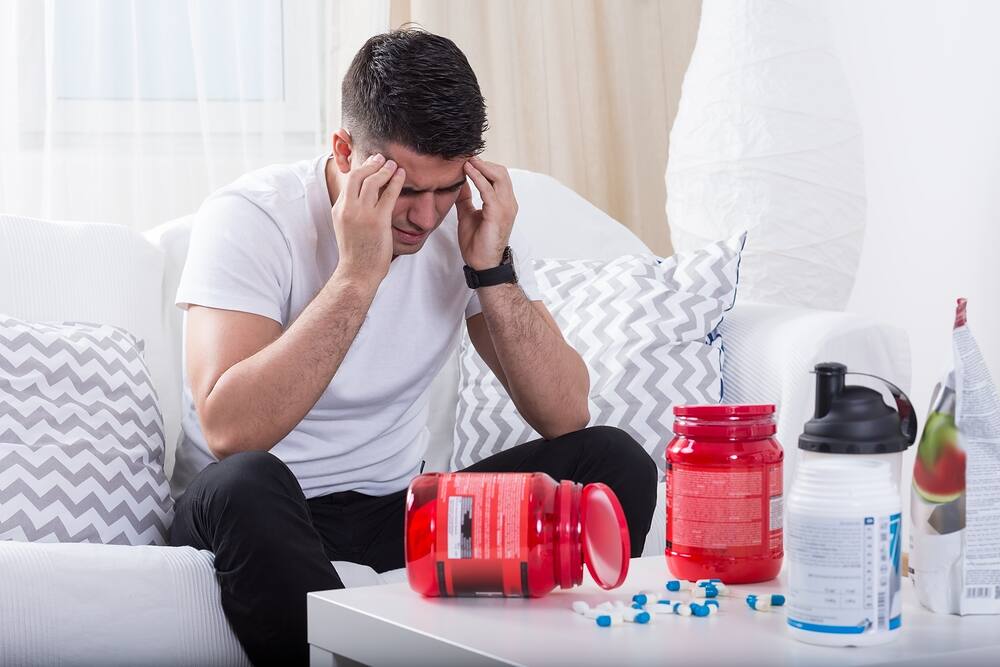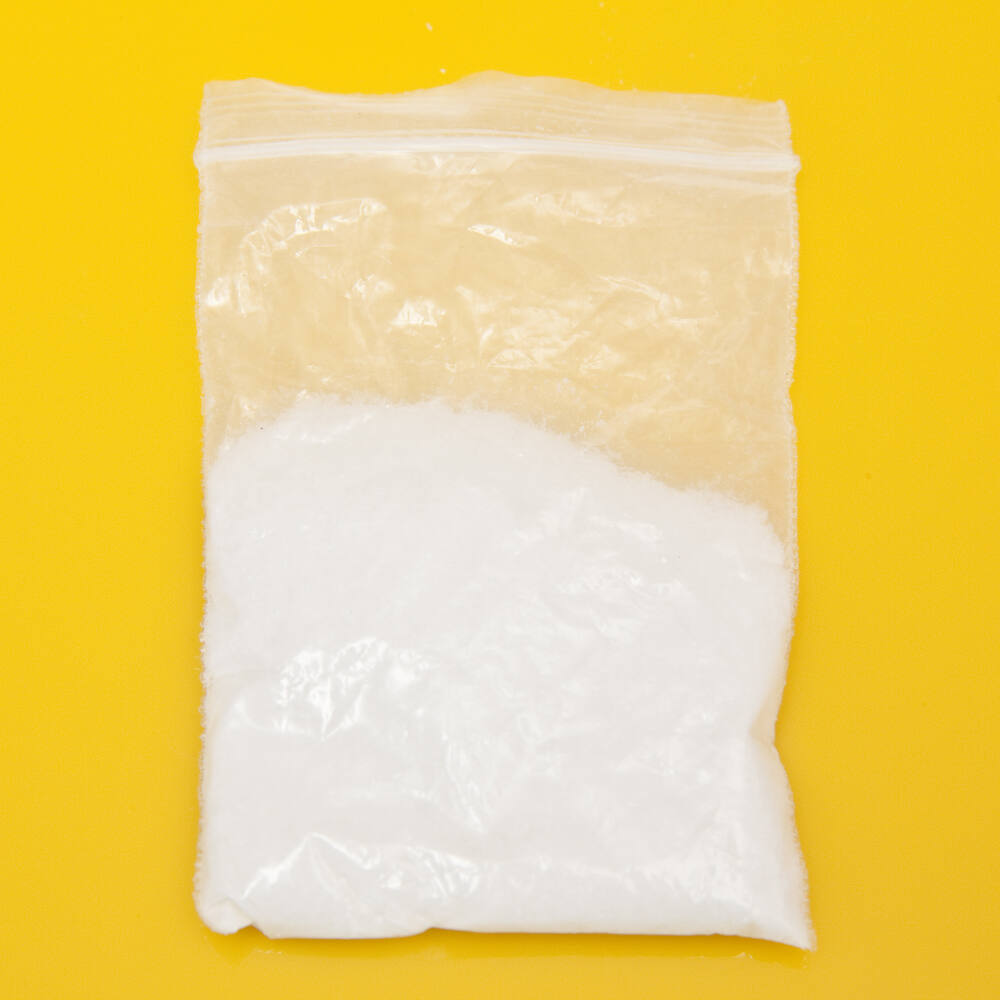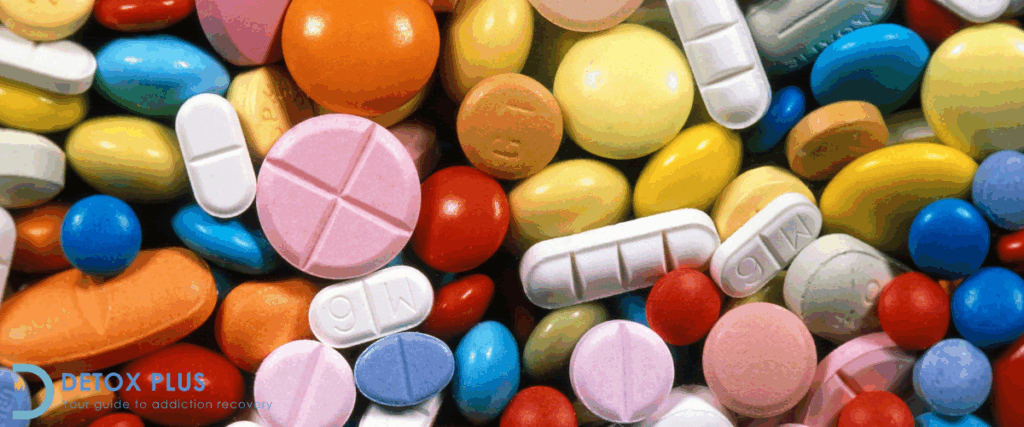Anabolic steroids are synthetic drugs that imitate the male sex hormone testosterone.
Anabolic steroids are used to build muscle faster, enhance athletic abilities, and improve overall fitness but they can be incredibly damaging to the body.
Those who abuse steroids are at high risk of anabolic steroids addiction even though the drug doesn’t produce euphoria such as meth and Crack Cocaine, people who regularly abuse these drugs are at risk of developing a severe addiction.
Up to 1 million people in the UK are taking anabolic steroids and other image and performance-enhancing drugs.
The proper name for Anabolic steroids is “anabolic-androgenic steroids.” The term “anabolic” refers to the drug’s ability to build muscle while the term “androgenic“ refers to the masculinising effects of the drug.
Signs of anabolic addictions
The symptoms of anabolic addictions aren’t always obvious. Signs include:
- Compromising your finances to support your habit
- Continuing use of the drug despite adverse physical reactions
- Experiencing depression due to withdrawal symptoms
- Continuing use of the drug despite significant problems with your family
- Ignoring responsibilities in your life in favour of using steroids
Though anabolic steroids provide many desirable physical attributes, prolonged use of the drug may disrupt hormonal balances in the body. As a result, the user may experience a wide range of withdrawal symptoms when they stop taking the drug (such as depression and suicidal thoughts).
Quitting steroids is difficult, but very much possible. There are medications available that not only reduce depression but also restore your hormones to healthy levels.
What are the medical uses of anabolic steroids?
Several conditions require the use of anabolic steroids, such as:
- Specific types of anaemia
- Hormone imbalances in the male body
- Muscle loss as a result of disease
- Delayed puberty
Steroids are accessible in a wide assortment of forms such as gels, liquids (that are injected), pills, and creams. Steroids don’t usually cause notable side effects if they’re taken for a short time or at a low dose.
Types of steroids:
- Testosterone
- Glucocorticosteroids
- Immunosuppressants
Street names for anabolic steroids include:
- Stackers
- Juice
- Roids
- Hype
Side effects of anabolic steroids
Anabolic steroids are a class C drug, which can be sold only by chemists with a prescription. However, it’s legal to have anabolic steroids for individual use. If it’s understood you’re supplying or selling them this is illegal and is subject to an unlimited fine, or even up to a 14-year prison sentence.
Users who abuse steroids without a prescription often take anywhere from ten to 100 times the dosage of what a doctor would prescribe a patient with a legitimate need for the drug.
When used, anabolic steroids redefines the body’s ability to build muscle mass. For example, when lifting weights or engaging in other strenuous exercises, small tears in the muscles occur. While this may sound alarming, this is a natural process that helps the body to build strength.
When the muscle tissue fully heals, it becomes stronger as a result. When anabolic steroids are used, these tears are repaired at an unnaturally fast rate, thus allowing users to become stronger faster.
Bodybuilders and athletes often use steroids as performance-enhancing drugs. People who regularly abuse these drugs are at risk of developing a severe addiction. For example, football players and rugby players have been known to take steroids to feel more powerful and aggressive before a game. Bodybuilders have been known to take steroids to increase their size.
The vast majority of users wouldn’t simply start by injecting testosterone. People tend to build themselves up slowly with nutritional or protein supplements.
Then they may move onto testosterone and steroids. People who use steroids generally experience an increase in muscle strength very quickly. Muscle growth is speedier because of this heightened ability to lift heavier weights – meaning that people can train more often and for more extended periods because of their improved recovery rate.
How are anabolic steroids abused?
There are three primary ways anabolic steroids are abused:
- Stacking – A mixture of injectable and oral anabolic steroids or mixing various types of steroids in one sitting. This is done with the expectation that results will be achieved much quicker. However, there has been no scientific proof of this fact to date.
- Cycling – Users take the drug for a predetermined amount of time (typically 6 – 12 weeks). During this period of “cycling,” a user will take the drug for several weeks, stop to give the body time to produce its own testosterone and reduce the damage done to the body before taking the drug once more.
- Pyramiding – With this method, individuals use steroids in a cycle. Users begin by taking a lower dosage of the drug and gradually increases the amount they take until they hit a maximum point mid-cycle. The user will then slowly decrease their use of the drug during the second half of the cycle.
Who uses anabolic steroids?
Once they complete a course on steroids, there are different drugs they have to take to stimulate the body to achieve its natural capacities and offset the high levels of testosterone which causes the body to switch off.

That may mean taking other prescription drugs. For instance:
- amphetamines – to prevent feelings of profound depression and aid fat loss
- beta-blockers – to stop trembling
- diuretics – to halt fluid retention
- human growth hormone – to arouse the body’s natural reproduction of testosterone and to avoid testicle shrinkage.
This is known as polypharmacy – which is the collective use of varied medications by individuals. Non-prescribed polypharmacy can be hazardous considering the side-effects of specific drugs and the nature in which they are obtained without medical advice.
Furthermore, teens also turn to steroids to improve self-image. The Food and Drug Administration has estimated that 375,000 young males and 175,000 young females (high school age) abuse anabolic steroids every year.
In Wales, there was also a growing problem of counterfeit and illicit steroids which posed further health risks. Public Health Wales developed supporting resources to present honest and evidence-based learning and advice to decrease the harms connected with the use of image and performance-enhancing drugs.
Is it possible to overdose on anabolic steroids?
It is rare for anyone to overdose on anabolic steroids, but it is possible for those who take too much at a single time. Those who overdose are at risk of experiencing a stroke, heart attack or falling into a coma.
Withdrawal symptoms
Like many substance use disorders, when a person abuses anabolic steroids on a regular basis, an anabolic steroids addiction can develop. Addicts will experience a range of withdrawal symptoms when they attempt to quit.
These include:
- Joint pain
- Diarrhoea
- Intense fatigue
- Appetite and weight loss
- Nausea and vomiting
- Abdominal pain
- Physical weakness
- Muscles aches
Withdrawal symptoms will typically disappear after one week after you’ve stopped using the drug. However, depending on the length of time you’ve been abusing steroids this timeframe can significantly vary.
Seeking treatment for steroid abuse
Treating an anabolic steroids addiction involves undergoing a supervised detox, medication and behavioural therapy. If you struggle with anabolic steroids addiction, then you should seek both physical and psychological treatment. Those who take steroids often struggle with body image issues as well as depression which is often the source of the abuse in the first place.
As mood swings sometimes occur during steroid withdrawal, mental health counselling is useful. With continued therapy at an addiction clinic, the individual will relearn how to function without steroids. It’s important to get treatment from a trained counsellor and an addiction specialist who is experienced in treating anabolic steroids addiction.
Steroid users in rehab usually begin therapy as soon as they start to detox. Treatments like cognitive behavioural therapy can immediately address issues like depression, whereas it can take weeks for some medications to affect.
Many young adults have started using steroids because of body image issues, something that has been referred to as “reverse anorexia.” These young people feel pressure to use steroids because they believe their muscle size is inadequate. Counsellors can help steroid users feel good about themselves and their bodies.
Seeking a rehabilitation program that offers counselling is the best way to overcome your anabolic steroids addiction and view yourself in a better light. Even after your therapy has ended, you should continue seeing a psychologist to aid your long-term recovery.
If you’ve been struggling with an addiction to steroids or any other substance, help is available. Contact a dedicated treatment adviser now to learn more about your treatment options.




